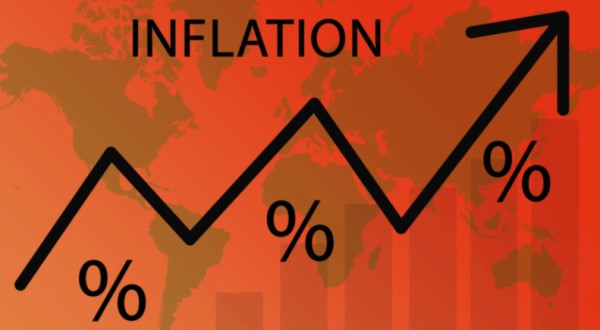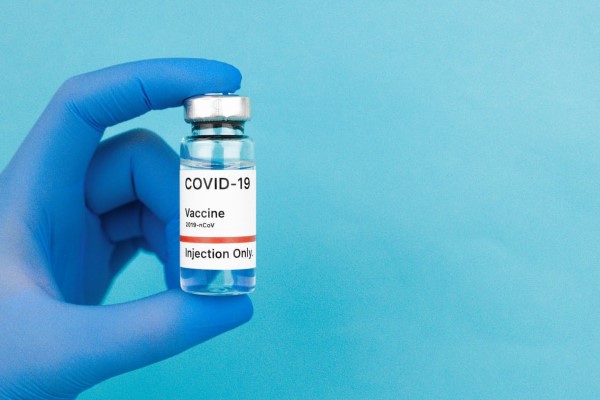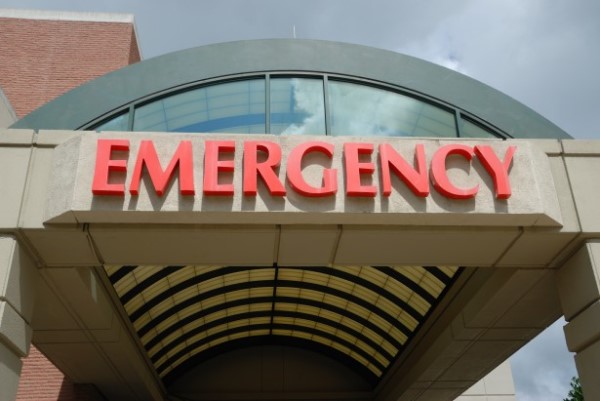Selected
- Details
- Written by Grant Broadcasters
- Category: Selected
- Hits: 104

Australian investors will soon gain a better understanding of how some of the country's biggest corporations are navigating cost pressures, labour shortages and slowing consumer demand.
Commonwealth Bank (CBA), Telstra, News Corporation, AMP, IAG and QBE Insurance will be among the companies reporting full-year results this week as earnings season kicks into high gear.
The war in Ukraine and related supply-chain disruptions, interest rate hikes, inflation and flooding across Australia's east coast have posed challenges on top of the impact of the COVID-19 pandemic.
Earnings growth is expected to be solid, led by a boost to energy and industrials.
CBA's highly anticipated full-year results, due on Wednesday, come off some weakness in the banking sector, Tribeca Investment Partners fund manager Jun Bei Liu says.
With a market capitalisation of $172 billion, the bank is Australia's second-largest company, behind mining giant BHP.
"There is a bit of nervousness about what is to come, in terms of whether the credit growth will slow substantially, mortgage growth will slow," Ms Liu told AAP.
"Just a little bit of fear about what the commentary might be coming out of CBA."
The bank is tipped to record a net profit of more than $9 billion.
More generally, Ms Liu said the market would examine each company's forward guidance to gauge demand.
"Just because interest rate increases have really only taken place in the last few months - we haven't really seen it filter through the economy yet," she said.
"So anything companies say will be key to understand what the corporate earnings landscape might look like over the next 12 months with this backdrop."
Saxo Capital Markets Australian market analyst Jessica Amir also expects 30-year inflation to be a major theme of reporting season.
"The real focus will be on what companies are guiding for, for the year ahead," Ms Amir told AAP.
She expects fossil fuel companies will unfortunately confound ethical investors by delivering some of the most robust results this earnings season.
"As we look to the future, we see the coal price will continue to hit a new record high and also secondly, the oil price will likely rally up again as we head into the new year," she said.
Image: SDBP
- Details
- Written by Grant Broadcasters
- Category: Selected
- Hits: 111

Australia faces a surge in prostate cancer cases over the next two decades as the nation's male population increases and ages, research shows.
The Prostate Cancer Foundation of Australia says cases are expected to rise 43 per cent by 2040.
Its research, based on the number of Australians over the past 40 years with the disease likely to have male offspring, forecast cases to lift from more than 240,000 at present to 372,000.
"Our population is ageing and increasing, which means more and more men are being diagnosed with prostate cancer every year," PCFA CEO Anne Savage said.
The research also found 630,000 Australians may presently be at double the average risk of prostate cancer due to a family history of the disease.
More than 24,000 Australians are likely to be diagnosed with prostate cancer this year, and more than 3500 are expected to die from it, the PCFA says.
"Essentially what we are facing is a tidal wave of risk," Ms Savage said.
"It's vital that we give these men and their families all the information they need to enable early diagnosis and timely treatment."
PCFA's head of research Jeff Dunn said greater awareness was key to saving lives, especially among those with a family history of the potentially lethal cancer.
Professor Dunn said most men did not know the PSA test guidelines - the screening program for prostate cancer - and may not know a family history lifted the risk of a potentially aggressive diagnosis at a younger age.
"The fact is that low awareness levels impede early detection and diminish men's survival prospects," he said.
"For men with a family history of disease, we need to give much clearer guidance about their risks and screening options."
The new research has been timed with the peak body's nationwide campaign for Prostate Cancer Awareness Month in September, known as The Long Run.
Image: Medical net
- Details
- Written by Grant Broadcasters
- Category: Selected
- Hits: 117

State and federal authorities are concerned the number of Australians getting their third dose of COVID-19 vaccine is flatlining.
To date, 71.4 per cent of eligible Australians - or just over 14.1 million people - have received a third dose.
But there are more than 5.6 million yet to get their booster.
Queensland is the worst-performing state, with 64.5 per cent of eligible residents boosted, while the ACT has the best coverage (79.9 per cent).
The booster rate is 55 per cent for Indigenous Australians nationally.
New third doses are barely rising each day, ranging from NSW recording 2075 on Friday and the Northern Territory 45.
"Third booster dose rates have flatlined, which is something I'm very concerned about," Health Minister Mark Butler says.
Information campaigns are being rolled out but there is a persistent problem with the slow rate of uptake by under-65s.
So far 4.22 million Australians have received a fourth dose, after the program was extended several weeks ago.
Mr Butler says long-term plans to deal with the pandemic are being worked on by national cabinet comprising state and territory leaders and Prime Minister Anthony Albanese.
Opposition health spokeswoman Anne Ruston has told AAP the federal government's response to the current COVID-19 wave is "worrying".
"They have ended a range of supports that have helped Australians through the pandemic and have been forced to backflip on the pandemic leave disaster payment," Senator Ruston said.
"With no explanation and no apparent advice or modelling to support their decisions, 70 COVID-related telehealth items, free RATS for concession card holders and aged care homes, and Operation COVID Shield have all ended."
She said the government should release its health advice and modelling.
National cabinet, which is overseeing the pandemic response, is due to next meet on August 31.
LATEST 24-HOUR COVID-19 DATA:
NSW: 11,998 cases, 30 deaths, 2187 in hospital with 57 in ICU
Victoria: 6261 cases, 24 deaths, 668 in hospital with 36 in ICU
Tasmania: 651 cases, one death, 23 in hospital with five in ICU.
© AAP 2022
Image: https://www.pexels.com/photo/close-up-photo-of-a-person-holding-covid-vaccine-5994791/ (free image)
- Details
- Written by Grant Broadcasters
- Category: Selected
- Hits: 121

Splendour In The Grass attendees are being urged to be look out for meningococcal disease symptoms following the death of a Sydney man with the disease who was at the NSW music festival.
NSW Health said it had been notified of two cases in people who attended the Byron music festival from July 21 to 24.
It urged anyone with symptoms - which can include fever, neck stiffness, joint pain, a rash of red-purple spots or bruises, nausea and a dislike of bright lights - to contact a doctor immediately.
Health authorities on Thursday said a Sydney man in his 40s with the disease had died.
There have been 15 cases of meningococcal disease reported in the state this year.
© AAP 2022
Page 15 of 191